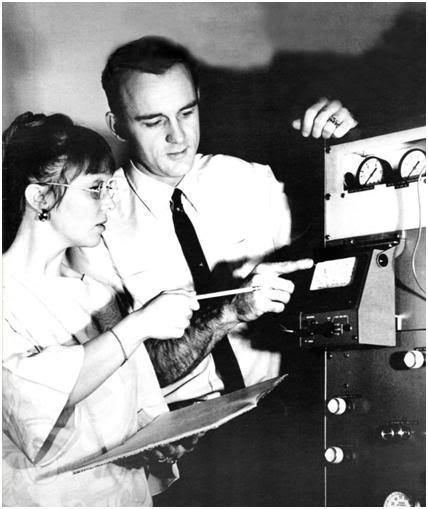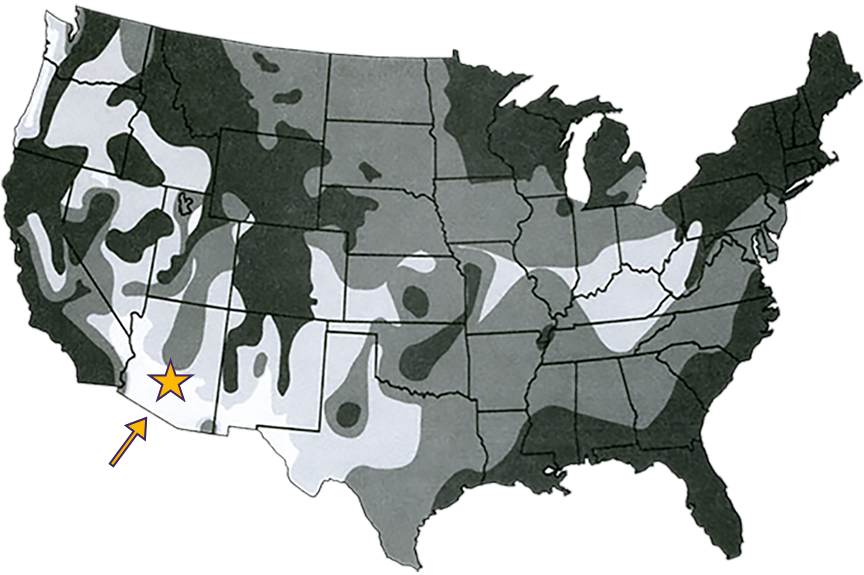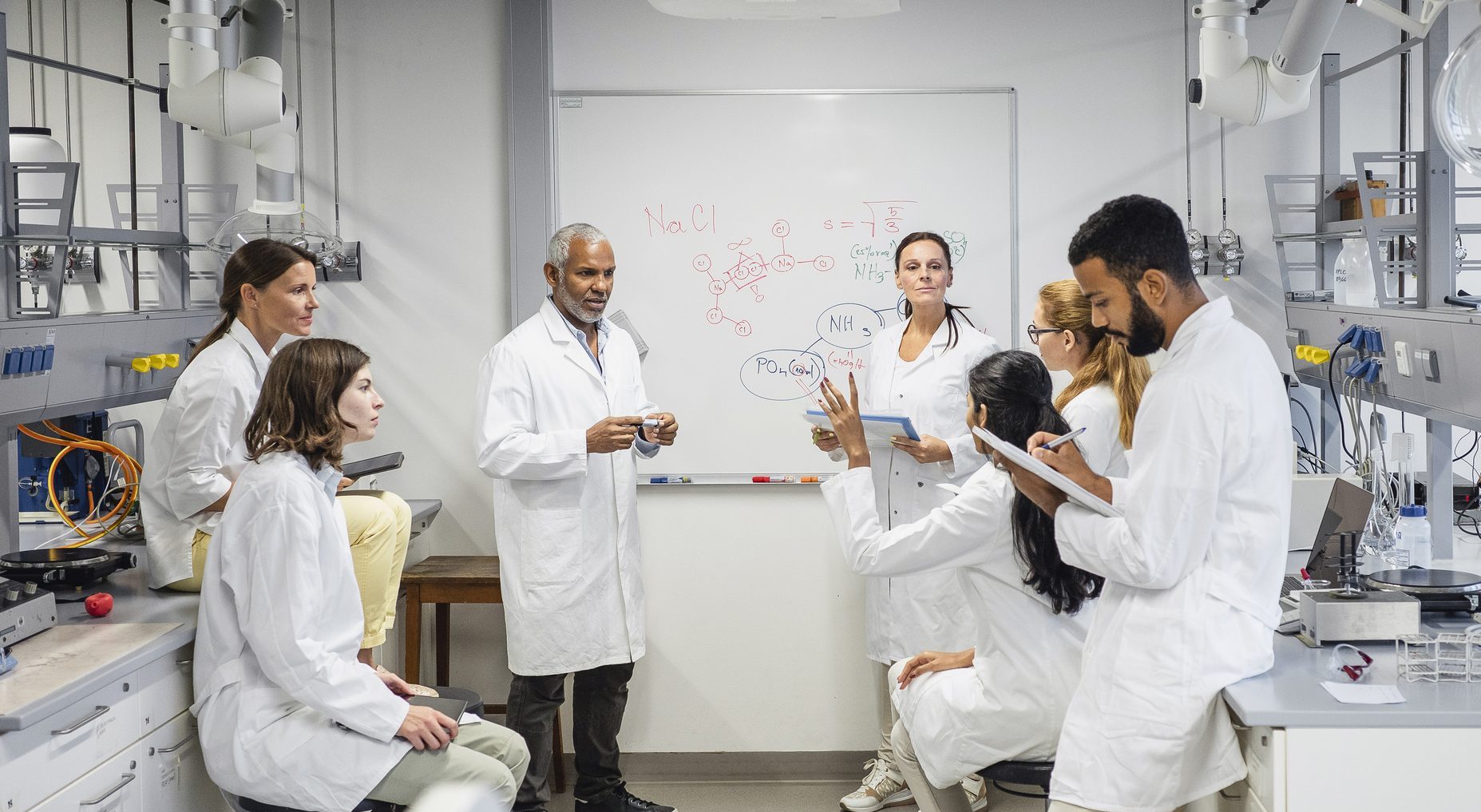2001 – Brain Vitrification Achieved
Alcor adapted cryoprotectant formulas from published scientific literature into a more concentrated formula (called B2C) capable of achieving ice-free structural preservation (vitrification) of the human brain. The limitation that B2C could not be used to perfuse whole bodies was not overcome until 2005.
555 Members, 42 Patients
2003 – Major Website Upgrade
The Alcor Website Working Group was created, consisting of volunteers who created a huge online library of cryonics information and who provide in-house control over the website update process. The next new website design in 2014 was hired out, but the new design in 2020 was completely done by our volunteers.
661 Members, 61 Patients
2004 – Brain Vitrification Published in Scientific Journal
Alcor participated in the publication of a scientific paper in the Annals of the New York Academy of Sciences, showing for the first time that ice-free structural preservation (vitrification) of a mammalian brain was possible using the “M22” vitrification solution that was originally developed for kidney cryopreservation.
713 Members, 68 Patients
2005 – Alcor 2.0
Two huge steps forward occurred in 2005. (1) Alcor began using the new vitrification solution (M22) developed for mainstream organ cryopreservation research, and using it for both whole body and neuropatients. (2) The Alcor Comprehensive Member Standby program was implemented, which provides all-important (and expensive to deploy) standby services for all Alcor members in the continental U.S. and Canada. Now every member in the covered area receives the best logistically possible complement of standby and transport capability.
786 Members, 71 Patients
2009 – Expanded Standby Capability
Agreement with Suspended Animation, Inc., gives Alcor an ability to provide patient standby, stabilization, and transport within the continental United States using professional cardiothoracic surgeons and perfusionists.
913 Members, 93 Patients














